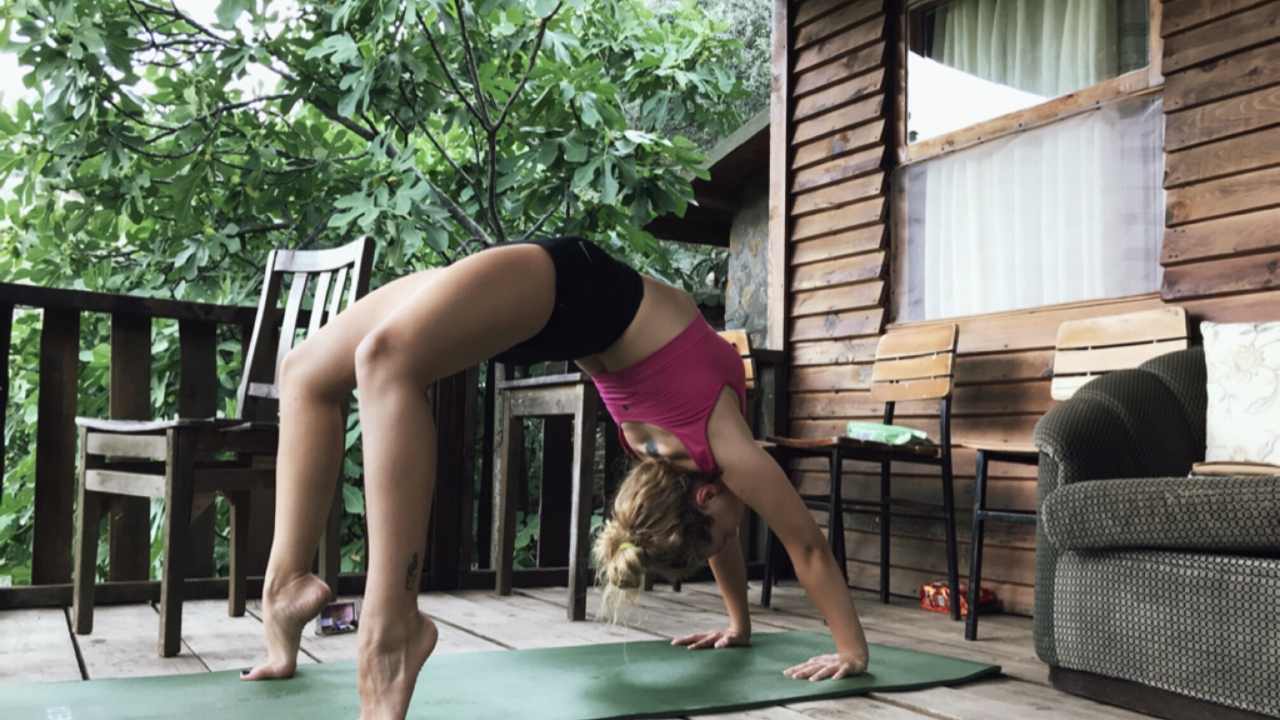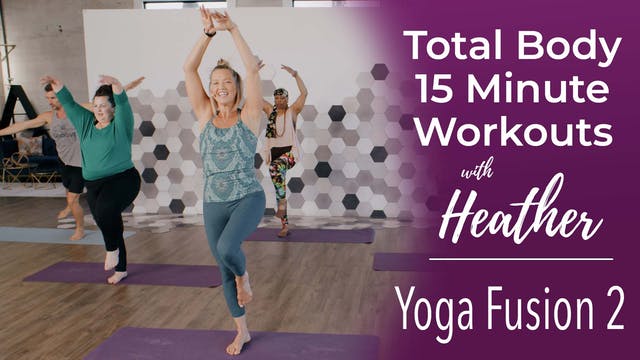
The warrior posture is often one of the most common yoga poses. This posture helps strengthen the body, relax your shoulders and back, tone the thighs, and improves abdominal and thigh flexibility. It also helps to increase the flexibility of your joints and improves your breathing capacity. This is a great yoga pose for beginners. Give it a try today!
There are several versions of the warrior's position. In the beginning scenario, the front knee is bent at approximately a 90-degree angle. This allows the kneecap of the knee to rest on the femur. Alternatively, you can flex the knee and reach your lower arm around the back to the opposite hip. For between 20-60 second, you should be able hold this position.
The warrior II pose requires you to extend your body forward. Although you should be able extend your torso forward and reach your arms to the side, it is important to be strong. You can either take a wider or narrower stance to achieve this position. However, if you have any neck or back problems, you should not perform this pose.

You can also stretch your calves and hamstrings by adopting the warrior pose. It also strengthens your quadriceps. It helps strengthen your back muscles. Before you attempt any yoga asanas, make sure you consult your doctor if you have a chronic condition.
A warrior posture can also be beneficial for those with lower back problems. However, the warrior posture can also be painful. People with high blood pressure and cervical disc injuries should not attempt it. You may experience breathing difficulties if you do the warrior pose.
You can also attempt the reverse warrior position. The reverse warrior posture is where you are able to hold your legs the same way as the warrior II pose but you will clasp your hands together instead of clasping your arms behind your back. This pose can be held for around a minute.
If you have knee problems, you should not be in this position. Deep stretches of the pelvic floor muscles can also be caused by this pose, which can cause pain. This position should be avoided if pregnant women are experiencing back, neck, or other issues. You might also feel a stretch at the sides of your thighs.

The warrior pose is great for improving your flexibility, respiratory capacity, and respiratory ability. It can strengthen your ankles and thighs as well as your lower abs. It also develops your coordination, stamina, and concentration. There are many benefits to the warrior pose. You will experience less tension and more focus. You can also strengthen your legs, arms, and back with this yoga posture. You can practice this yoga posture thrice to achieve better results.
Many yoga traditions also use the warrior pose. It's also used in Sun Salutations. You can experiment with different arm positions for Warrior 1 if you are doing this pose as part of a Sun Salutation. You may also want to try the Viparita Virabhadrasana, a variant of Virabhadrasana II.
FAQ
What is the best way to start yoga?
To lie down, you will need a mat (some can be folded), loose clothing and a towel/blanket to place underneath your head.
You may also need props like blocks, straps or bolsters, blankets, towels, or blankets for specific poses.
You don't really need anything else. It is important to have the desire to make positive life changes and the willingness to work hard to start yoga.
Can I do yoga every day as a beginner?
Yoga is a wonderful way to strengthen your body. It is also a great way to relax and release stress. You don't have to be a yoga expert to start practicing it regularly. Aim to practice yoga 20 minutes per day for beginners.
This will give you enough time to get started. Then, you can slowly increase the amount of time you practice.
Are yoga mats necessary?
Not necessarily. Many studios offer mats to students. These mats are typically made of rubber and easy to clean.
You can also purchase your mat. A mat of good quality will last for several years.
Is it possible to do yoga at my home?
Absolutely! There are many ways to practice yoga at your home. For example, you can use videos, DVDs, CDs, books, magazines, and apps.
YouTube has free videos of yoga that you can download. The best way to learn is with a skilled instructor.
Statistics
- According to the Agency for Healthcare Research and Quality, falls are incredibly common among older adults in nursing facilities. Even the simplest ones can increase the risk of death (24). (healthline.com)
- Lock in 25% off your Founding Member rate. (corepoweryoga.com)
- Gentle yoga has been shown to ease some of the discomforts of tender, swollen joints for people with arthritis, according to a Johns Hopkins review of 11 recent studies. (hopkinsmedicine.org)
- About one in seven U.S. adults practiced yoga in the past 12 months, according to a 2017 national survey. (nccih.nih.gov)
- Start your Fall off right with 20% off All Access Membership when you sign up by 9/25! (corepoweryoga.com)
External Links
How To
Which is the best place to do yoga?
There is no right or wrong way of practicing yoga. Every person is different. The most important thing is to feel at ease in the positions you choose.
Here are some commonly used positions:
For beginners, standing poses are a good choice because you can see your body from various angles. These poses make it easier for you to focus on your breath.
Forward bends- Forward bends can often be used to release tight areas. You can either do them lying down or while sitting.
Backbends - Backbends are generally considered advanced poses. Instructors can help you decide if this is a pose you would like to try.
Inversions - Inversions are poses that require you to balance yourself upside down. This type of yoga can be challenging but rewarding.